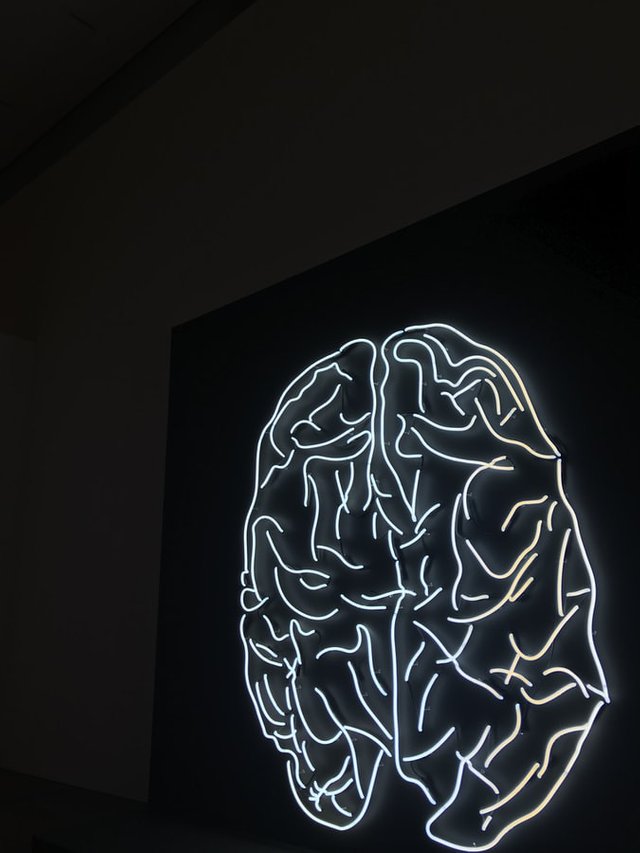
//Science of Then and Now//
AI and deep learning is a fascinating system that evolves, learns and adapts as the system is fed additional data. Neural networks have long been a fascination of mine, biological inspired machine learning is evolving all the time and it’s giving scientists the chance to apply this technology to new and exciting use cases. Connecting our bodies to technology has been a flavour of human vision for many years, I can still remember my introduction to the world of science fiction and everything bionic. Decades later, and we have inevitably arrived at a new modern age that is powered by technology and science. This connection between human and machine has gone yet another step further through a synthetic mind reading process.
//Mind to Text//
Scientists have not cracked the mysticisms behind telekinesis and everything psychic. They have however, started to investigate how machine-learning can be used to develop brain to text functionality. Joseph G. Makin, David A. Moses and Edward F. Chang detailed their work in a publication titled, “Machine translation of cortical activity to text with an encoder–decoder framework”. I have included the link below, it’s a wonderful look into how their framework was able to discern signals from the brain as words were being read aloud. This data-mining exercise then paved the foundation for their machine learning framework that converted incoming ‘packets’ in digital value. As typical of any neural network, the machine learning algorithm became intelligent enough to develop accuracy in producing words associated with these signals. Voice recognition systems have been around for years but the possibility of brain to text systems are truly exciting.
//Opportunity of the Future//
While some exploration of the risks involved with ‘mind reading’, the benefits of implanted brain recognition and inscription is an opportunity to develop accessibility solutions. For those with speech difficulties or inability to talk at all, it could be changing altogether. Once in digital form, this connection is very powerful and allows for many other systems to be layered. In my view, successful decoding of a person unable to communicate orally would allow for synthetic voice systems to not only translate mind to text but also into artificial voice. The possibilities hold great potential and I hope to read more into machine learning and the bio inspired networks that are opening new doors for humanity.
Sources
https://www.nature.com/articles/s41593-020-0608-8.epdf